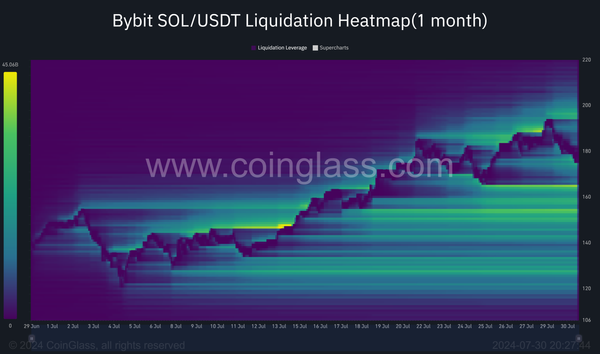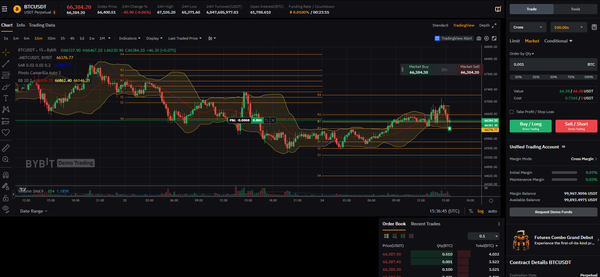NASDAQ vs. Real Estate: Uncovering the Real Path to Millionaire Status

Investors constantly seek the best opportunities to grow their wealth, and two popular choices often come up for comparison: the stock market and real estate. This post explores the performance of the NASDAQ Composite Index versus the U.S. real estate market, represented by the Case-Shiller U.S. National Home Price Index, over a period from 1987 to 2024. By examining historical returns, the compounded annual growth rate (CAGR), and factoring in real estate maintenance expenses, we can gain insights into which asset has been the superior investment and understand their distinct risk-return profiles.
Historical Performance Analysis
To understand the long-term growth of these investments, we analyzed the data for both the NASDAQ and real estate over nearly four decades. Here’s what the data reveals:
Compounded Annual Growth Rate (CAGR)
The CAGR provides a smooth annualized return rate over a period of time, making it easier to compare investments of different types and durations.
- NASDAQ Composite Index: The NASDAQ showed a robust CAGR of 10.79%. This high growth rate underscores the substantial returns available in the stock market, particularly during periods of technological advancement and economic recovery.
- Case-Shiller U.S. National Home Price Index: Real estate recorded a more modest CAGR of 4.29%. While slower compared to the NASDAQ, this steady growth highlights the reliability and lower risk associated with real estate investments.


Investment Growth Over Time
To visualize how an initial investment would have grown over time, we considered a hypothetical $1000 investment in both the NASDAQ and real estate starting in 1987.

In the chart above, we see that the NASDAQ investment significantly outperforms the real estate investment over the period, despite the higher volatility and sharper downturns during market corrections.
Incorporating Real Estate Expenses
Investing in real estate isn't just about the property value appreciation. Investors must also account for ongoing costs such as property taxes, insurance, and maintenance. These expenses can significantly impact the net returns of a real estate investment.
Typical Real Estate Expenses:
- Property Taxes: Typically range from 1% to 2% of the property's value annually.
- Insurance: Usually around 0.3% to 0.5% of the property's value annually.
- Maintenance and Repairs: Often estimated at 1% to 2% of the property value annually.
- Management Fees: If renting out the property, management fees can be around 8% to 10% of the rental income.
For our analysis, we assumed an annual expense rate of 3.4% of the property's value, covering taxes, insurance, and maintenance.
Adjusted Returns for Real Estate
After adjusting for these expenses, the annual returns for real estate are reduced. Here’s how this adjustment affects the growth of the $1000 investment:
Key Observations:
- NASDAQ Composite Index:
- Continues to show substantial growth over the period, with the investment value increasing significantly despite periods of high volatility.
- Real Estate (Original):
- Reflects the steady growth of property values over time, without considering additional expenses.
- Real Estate (Adjusted for Expenses):
- After accounting for typical annual expenses (3.4% of the property value), the growth of the real estate investment is noticeably lower.
- These expenses reduce the overall returns, highlighting the impact of ongoing costs in real estate investment.
Comparative Insights
NASDAQ: High Returns with High Risk
The NASDAQ's significant returns over the analyzed period are accompanied by considerable volatility. Investors in the NASDAQ have enjoyed remarkable growth during bull markets but must also endure steep declines during economic downturns. This makes the NASDAQ a suitable choice for those who are willing to accept higher risk in exchange for higher potential returns.
Real Estate: Steady, Reliable Growth
Real estate's performance is characterized by slow but steady appreciation. The lower CAGR reflects its conservative nature, making it ideal for investors seeking stable and predictable growth. Additionally, real estate offers the potential for generating rental income, adding another layer of financial benefit. However, when considering the ongoing costs of property maintenance, the net returns are significantly reduced.
Visualizing the Investment Journey
To further illustrate the differences between these investment types, let's break down the growth journey of our $1000 investment into more detailed visual comparisons.
Year-by-Year Investment Value
The following chart shows the value of a $1000 investment in each asset year by year, highlighting the fluctuations and steady growth patterns.

Risk-Return Trade-off
Investors often need to balance potential returns with the risk they are willing to take. The NASDAQ's higher returns come with higher risk, whereas real estate provides lower, more stable returns with less risk. Understanding this trade-off is crucial for making informed investment decisions.
Conclusion
Based on the historical data from 1987 to 2024:
- The NASDAQ Composite Index: Offers the potential for higher returns but requires a higher risk tolerance. It is ideal for investors seeking significant growth and who are prepared to weather the market's ups and downs.
- Real Estate: Provides a reliable and steady return, with less volatility. It suits investors looking for stable growth and lower risk, along with the potential for additional income through rental properties. However, the net returns are lower when accounting for ongoing maintenance costs.
Ultimately, the best investment depends on individual risk tolerance, financial goals, and investment horizons. Diversifying across different asset classes can also help balance risk and returns, offering a more comprehensive strategy for long-term financial growth.




